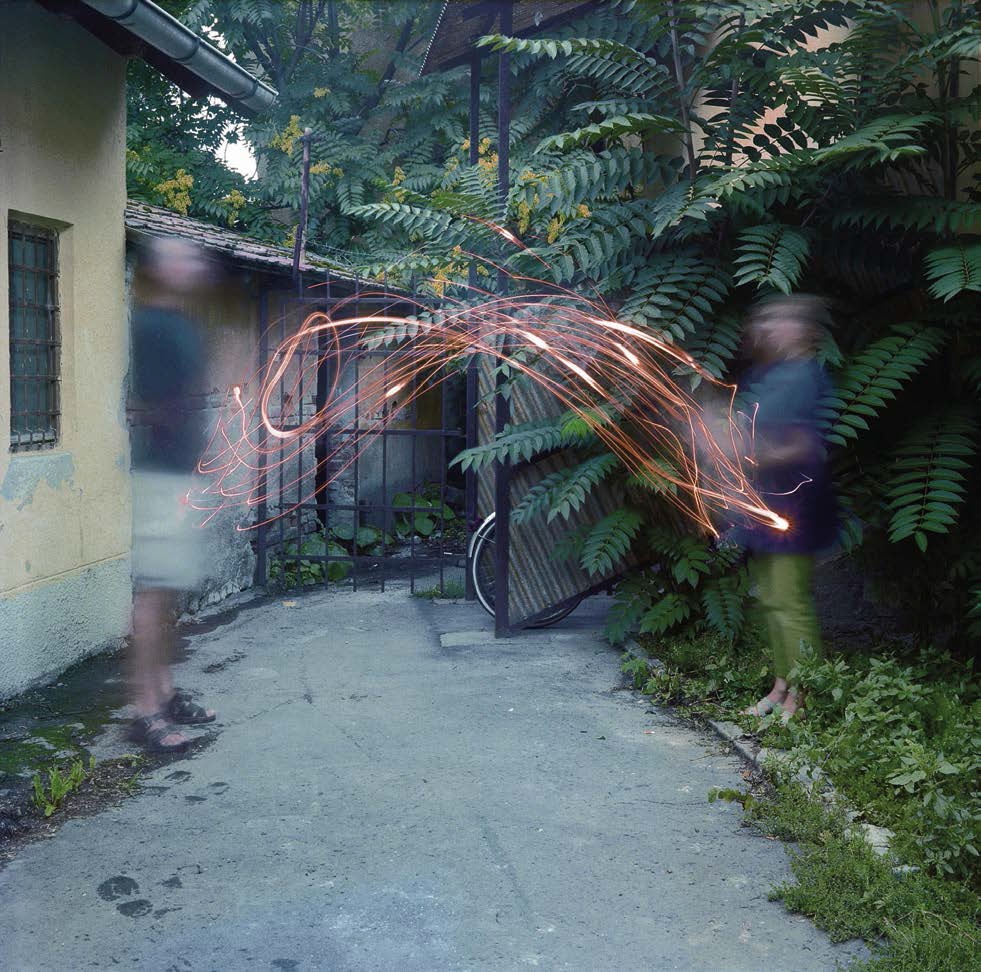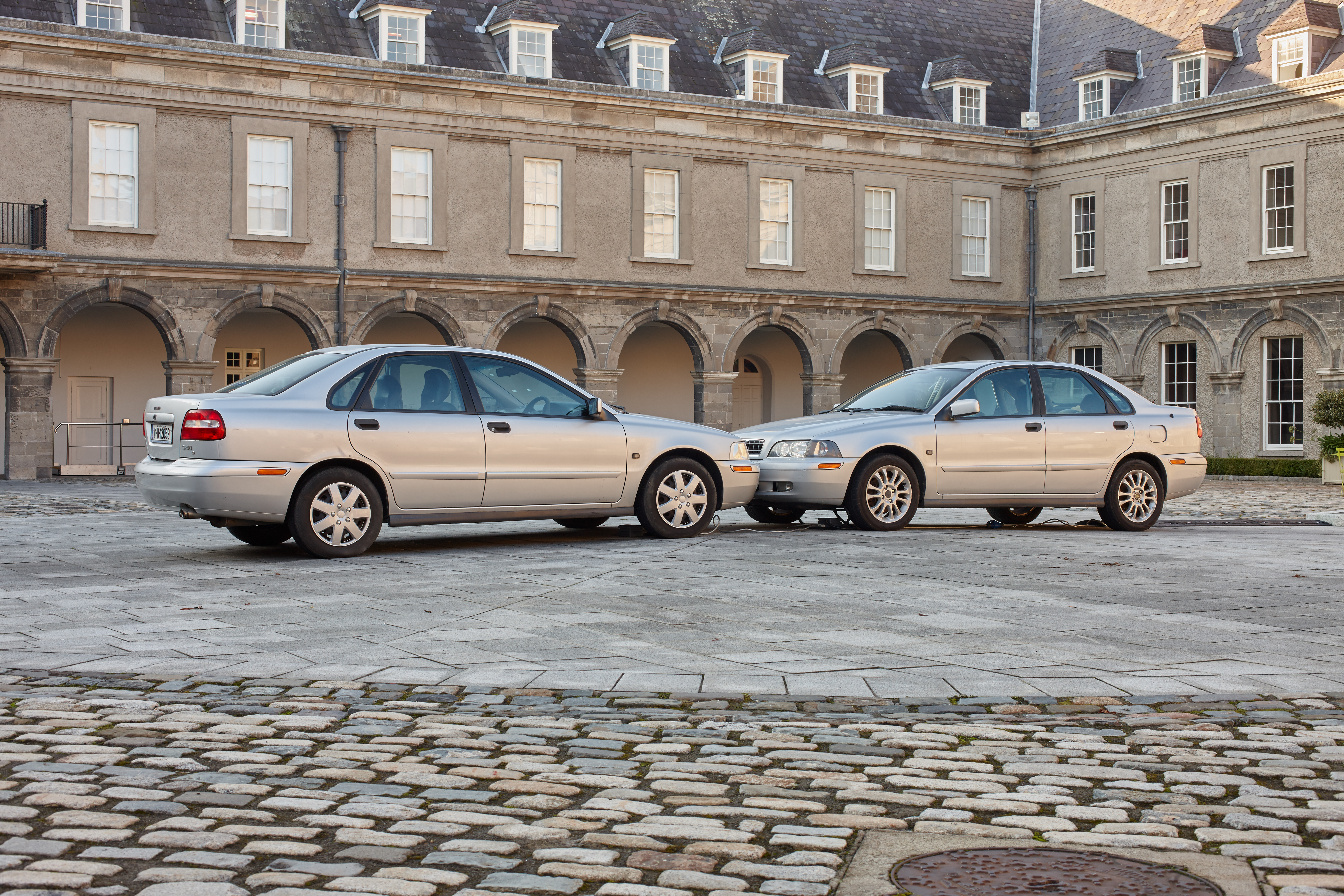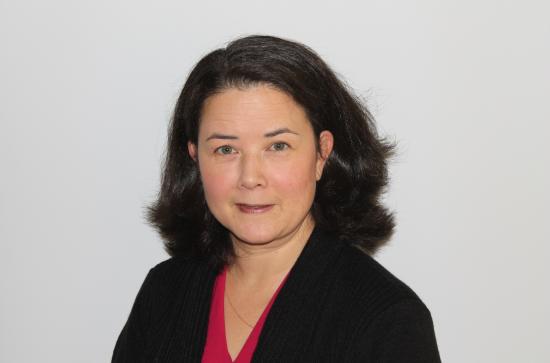How do bodies of lovers who are not together in the same space love?

In our fourth and final Love Blog, Dr Rebecca Chiyoko King-O’Riain examines “notions of love over distance and meditated by technology” in her blog Global Love on Skype.
The Love Blog series is presented as part of the exhibition What We Call Love which runs into its final three weeks, ending on 7 February 2016.
Global Love on Skype

What we call love is shaped by a changing society – changing notions of sexuality, marriage, and increasing acceptance of same-sex couples. In this exhibition, even physical representations of love reflect different ideas about where love resides in the body – the brain, the heart, the genitals. But what effects are globalization and technology having on these collective notions and social practices of love? Are globalization and technology use making the world a smaller, more intimate place, or do they take us away from those we love?
Love is often expressed visually as two bodies that are physically close – the warmth of an embrace, the act of the kiss, the intertwining of bodies. This is implicit in many of the pieces we see in the exhibit. Even the cold, rigid Mr. and Mrs. Woodman (Man Ray 1927-1945) are married (hence the name) and portrayed as a heterosexual couple even if enjoined wooden mannequins – they too fall in and make love. In today’s mobile, technological and global world, more people are on the move and understandings of embodiment must widen to also encompass notions of love over distance and mediated by technology. This is an important theme implicitly referenced in the exhibition – embodied love mediated by technology. How do bodies of lovers who are not together in the same space love?
Attila Csörgö’s piece, Make Love (2002-2005), pictures two figures, nominally a woman and man, standing apart with blurred electrical connections between them. The warmth of their emotion is reflected in the back and forth movement between and connecting them – love not of intertwined bodies, but love from a distance. Connection through electrical (and digital) means draws them together in love, although their bodies are separated. There are echoes here of the use by many people of visual digital media (such as Skype or Facetime), to stay in touch with the ones they love. The use of Skype allows distant and transnational lovers to create spaces of transconnectivity, practicing simultaneous and ongoing emotional connection across vast temporal and geographic distances.
![GarrettPhelan_Radio_and_Gold_Hearts[1]](https://imma.ie/wp-content/uploads/2015/11/garrettphelan_radio_and_gold_hearts1.jpg?w=300)

Digital affectivity facilitates our loving actions but also serves as a container for love to be used or felt at a later date. Beyond just depositing affects, moods, and dispositions into technology, people also take cold, hard, rational technology and use it to mediate love through bodily, facial, and visual expressions in their interaction and practices on line. Technology then may provide opportunities for lovers to be closer in terms of personal intimacy, allowing loved ones constant, real time, everyday access to their lives via visual technology. People use Skype as the ‘next best thing’ to being there. Skype is a form of virtual embodied love not replacing actual physical contact, but acting as a stand in until lovers could be physically together again.
Technology and emotional warmth are often juxtaposed ironically, for example, in the cars kissing at the beginning of the exhibit. Behind this irony though is a deeper truth that it is increasingly, through these cold hard technologies of light and wire, that love is mediated and embodied and that lovers are connected.
 Dr. Rebecca Chiyoko King-O’Riain is a Senior Lecturer in Sociology at Maynooth University. Her research interests are in emotions, technology and globalization; race/ethnicity and critical race theory; people of mixed descent, beauty, and Japanese Americans. She has published in Global Networks, Ethnicities, Sociology Compass, Journal of Asian American Studies, Amerasia Journal, Irish Geography and in many edited books. She is the lead editor of Global Mixed Race (New York University Press). Her book Pure Beauty: Judging Race in Japanese American Beauty Pageants (University of Minnesota Press) examined the use of blood quantum rules in Japanese American Beauty Pageants. She is currently researching and writing about ‘The Globalization of Love’.
Dr. Rebecca Chiyoko King-O’Riain is a Senior Lecturer in Sociology at Maynooth University. Her research interests are in emotions, technology and globalization; race/ethnicity and critical race theory; people of mixed descent, beauty, and Japanese Americans. She has published in Global Networks, Ethnicities, Sociology Compass, Journal of Asian American Studies, Amerasia Journal, Irish Geography and in many edited books. She is the lead editor of Global Mixed Race (New York University Press). Her book Pure Beauty: Judging Race in Japanese American Beauty Pageants (University of Minnesota Press) examined the use of blood quantum rules in Japanese American Beauty Pageants. She is currently researching and writing about ‘The Globalization of Love’.
Categories
Up Next
There are three things about love I’m certain of
Mon Dec 21st, 2015